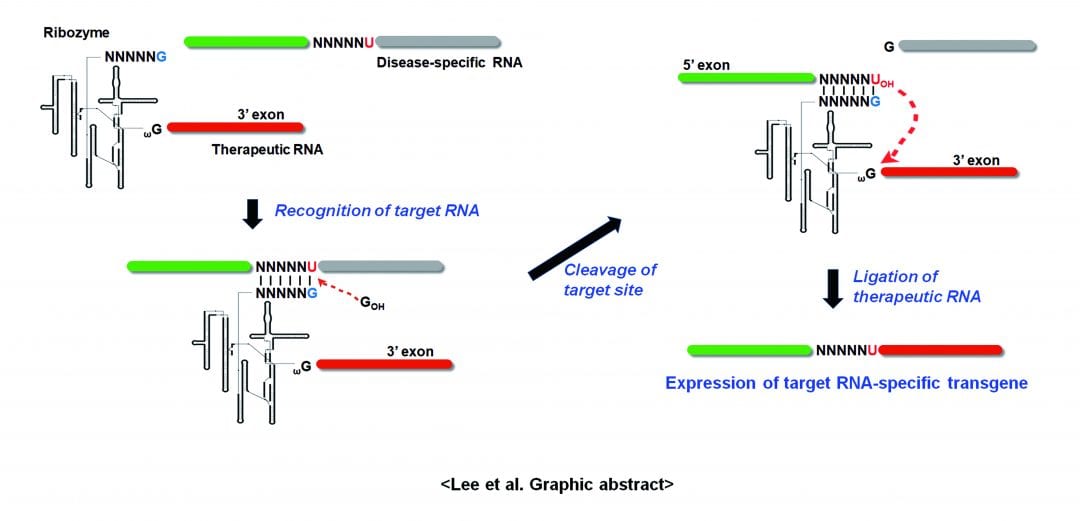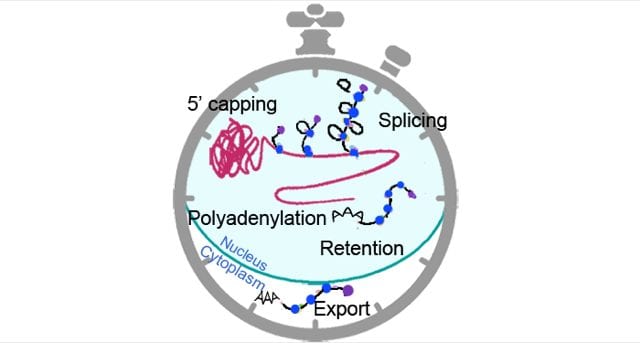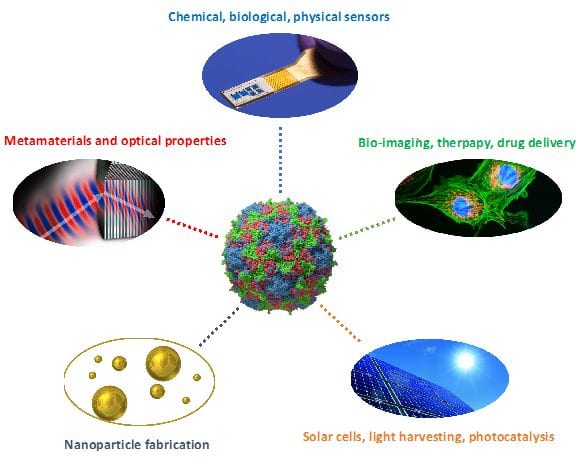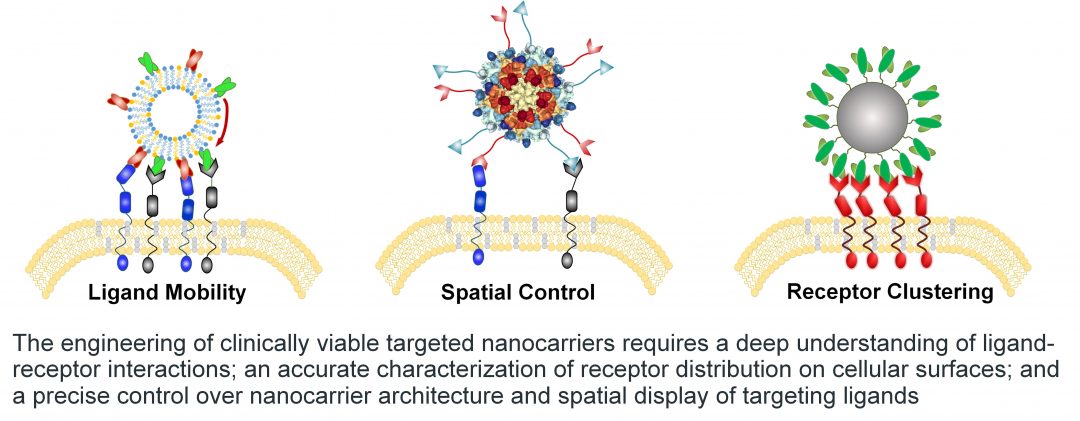An international review of the climate risks and adaptation responses for ports and their supply chains is presented in a review in WIREs Climate Change.



An international review of the climate risks and adaptation responses for ports and their supply chains is presented in a review in WIREs Climate Change.
Critical issues need to be addressed in the development of an economic biomass refinery in ILs media, which requires sustained effort of scientists and researchers to achieve a more sustainable society.
How can sustainable Arctic navigation be developed?
If we consider models as hypotheses about how the hydrology is working, then testing models as hypotheses is one way of doing science in the inexact sciences.
In the “golden age” of molecular microbiology, modern molecular tools enable researchers to understand freshwater microbial communities in unprecedented detail by identifying and enumerating them, as well as determining their activity in the environment.

Group I intron-based trans-splicing ribozyme specifically recognizes disease-specific RNA, removes the sequence downstream of the target site, and replaces it with a 3’-exon encoding a therapeutic/reporter RNA sequence, inducing therapeutic/reporter activity selectively in the target RNA-expressing cells.

The identification and understanding of the full range of RNA-binding proteins, with their variety of functions and mechanisms, will be a significant step towards disentangling the complexity of post-transcriptional and translational regulation.

All steps in the RNA life cycle are under circadian clock control.

Researchers are taking advantage of 4 billion years of viral evolution to produce robust protein cages for a wide range of applications in nanotechnology.

Nanocarriers can be precision-engineered to capitalize on what is known about receptor expression patterns, receptor clustering, and ultimately how interactions between a nanocarrier and target can be manipulated to achieve the most effective downstream signaling events.